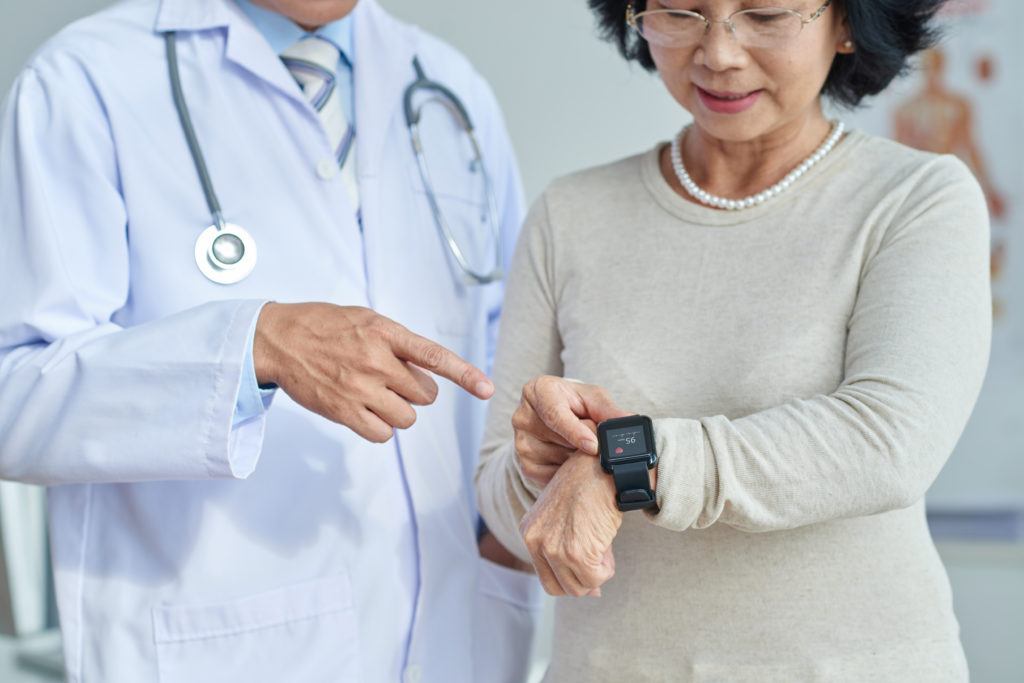One of the best indicators of the future are trends—changes happening over time. We can’t predict the future or know for sure if a trend will continue to move in the same direction, but we can forecast what things might look like if the trend continues, accelerates, slows down, or even reverses.
We at FORESIGHT are performing a Futures Scan to get a picture of the trends most likely to impact health and well-being in the short term (~10 years) and long term (~50 years), as well as two other things related to trends: emerging issues and stabilities. Emerging issues are signals of change that may or may not become trends in the future (such as quantum computing and lab-grown organs), while stabilities are impediments to change that can slow, stop, redirect, or reverse trends (such as traditions and powerful stakeholders). Since both of those gain their impact by their relationship to trends, we’ll just focus the rest of this blog on trends—but keep in mind, we’ll also be scanning for emerging issues and stabilities within these same buckets.
To get started, we needed to make decisions about how to focus the scan. There are so many factors influencing health and well-being that there’s no way we could scan them all without infinite time and personnel. I know from my work in futures that futures scans work best with a range of 5–15 trend “buckets” (broad categories) that can guide the work and make the most fruitful use of scanning resources.
So the FORESIGHT architects put our heads together at a February 12-13 gathering in Austin, Texas to identify the trends that research has shown to shape health and well-being, informed by the input of our philanthropic partners. We landed on eight clusters of trends, which we will list below. We decided to name broad clusters instead of narrow groups or individual trends; if our starting trends were too specific, we’d risk closing ourselves off to some of the other trends that we haven’t yet noticed or can’t even imagine.
In defining this starting point, we needed to remain open to what futurists (including me) would detect in our scan. My go-to metaphor is that each specific trend we might uncover is a LEGO® brick, and to start off our Futures Scan we need to find the buckets those bricks come from and start digging around in those buckets for the blocks that have the most potential to disrupt or transform.
